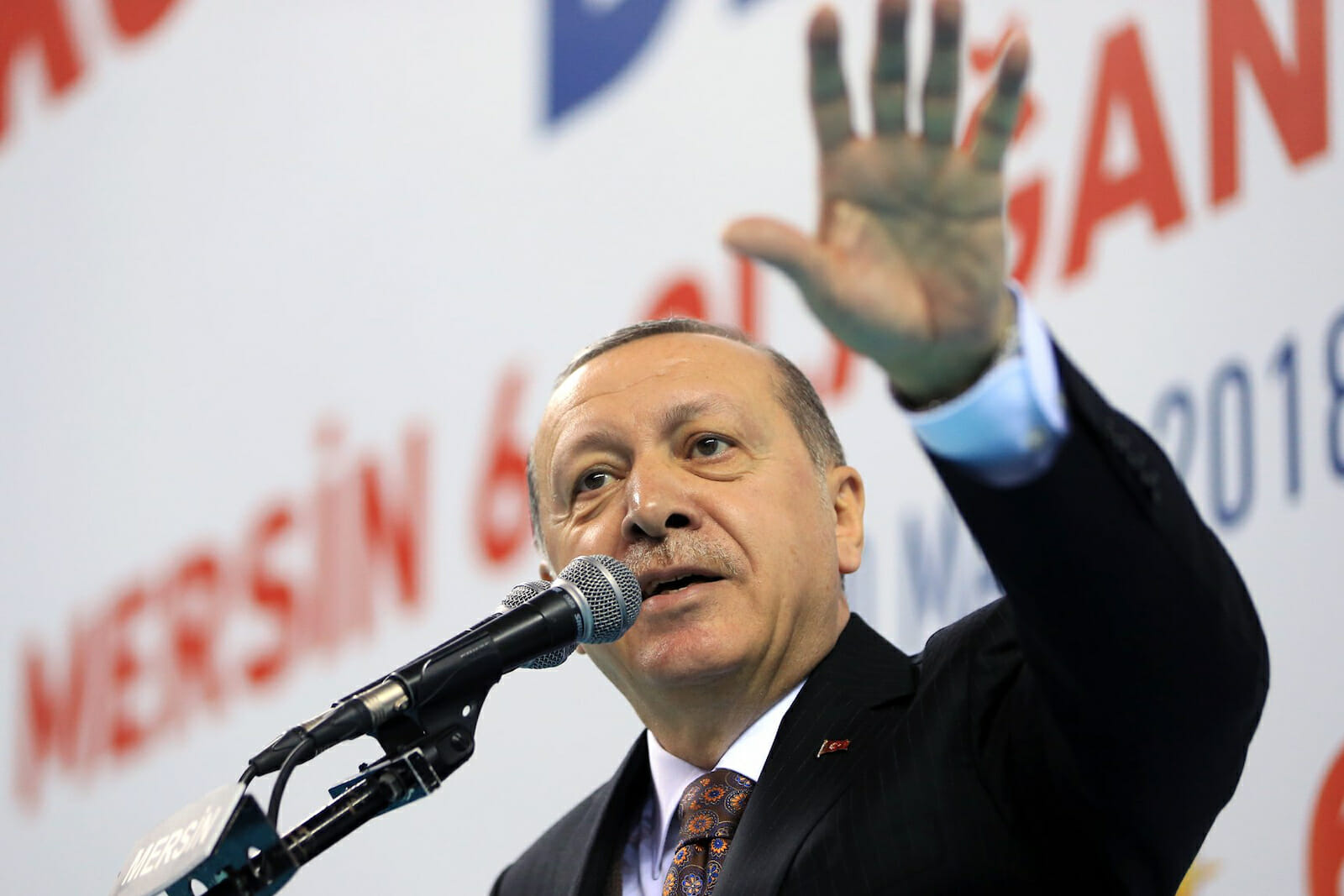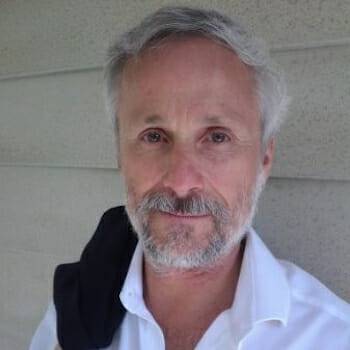
Recep Tayyip Erdogan’s Relationship with the Ottoman Empire
It is indeed commonplace that a politician may invoke a people or a country’s moments of high achievement and greatness in the past. Donald Trump has made the motto of his campaign and presidency “Make America Great Again” without having identified any specific period of the greatness to which he makes reference. A politician’s invocation of past greatness is not a popular call to engage in historical inquiry, but a means to shape the present and the future to his or her will. Even when a politician identifies a specific period, events, or acts of high achievement, at best, he or she is presenting a guided series of photographs to inspire the public in order to gain and maintain its support and trust and to present a desired image to the world to gain respect.
Turkish President Recep Tayyip Erdogan is well known for his frequent references to the Ottoman Empire. He is wont to invoke it as a source of grandeur, admiration, and as an example to Turkey and the world. An examination of Erdogan’s penchant to do so sheds light on what has motivated him and continues to motivate him in public life.
Erdogan has his roots in Istanbul, a city in which he was born, reared, and served as mayor for ten years prior to his ascension to the premiership and presidency of Turkey. Whereas previous Muslim polities had failed, in 1453 the Ottomans conquered the imperial city of Constantinople, the capital of the Eastern Roman Empire, and made Istanbul its capital for 465 years. At its territorial acme, from today’s Croatia to the border of Morocco, it controlled the entire coastline of the Mediterranean and the adjacent seas, the entire eastern littoral and half of the opposite bank of the Red Sea, almost the entire Black Sea, the Balkan Peninsula, all of Anatolia and the Fertile Crescent, and part of the Caucasus.
No empire based in the Eastern Mediterranean since that of the Umayyads, which lasted for less than a century, had controlled so much territory. The Ottoman Empire extended so far into Central Europe that it besieged Vienna twice, in 1529 and 1683. In the empire, there was a flowering of literature, marvels of architecture, which extend over three continents and are visited by millions of tourists, a giant bureaucracy, and one of the world’s finest armed forces. Under its aegis, the empire’s subjects were of many ethnic and linguistic groups and religious confessions. Sunni Islam was the official religion of the empire and grew to become the world’s largest Sunni empire since the time of the aforementioned empire of the Umayyads. The Ottoman Empire was simultaneously a dominant political force in Africa, Asia, and Europe. All of Europe, even as far west as England, viewed the Ottoman Empire with consternation and respect for its military prowess. To invoke the Ottoman Empire, Erdogan sets forth his priorities domestically and internationally.
In 1362, Sultan Murad I declared himself the caliph in line with the initial four caliphs of Sunni Islam, starting with Abu Bakr in 632. In World War I, Sultan Mehmet V Reşat, with little success, declared a jihad to rally the entire Muslim world to fight the Allies. After the Republic of Turkey had abolished the sultanate and exiled Mehmet VI Vahideddin in 1922, two years later, it abolished the caliphate and exiled the last caliph, Abdülmecid II. Domestically, as the Ottoman Empire did not recognize the uniqueness of any one specific Muslim community, the empire serves as a reminder to combat any form of Kurdish political aspirations both inside and outside of Turkey. In the Middle East and North Africa, Erdogan has sought to be recognized as the protector and defender of Sunni Islam, in spite of how it may be contested, in particular, by Saudi Arabia. Likewise, in reactionary circles, the Arab Revolt during the First World War is viewed as an act of perfidy by the Arabs, who not only remained deaf to the call to a jihad by the Ottoman sultan, a caliph, but stabbed the empire in the back as it was fighting the perceived Christian states of the Allies.

Both in economic and political affairs, Erdogan has made Turkey’s presence felt in territory that had been under Ottoman rule. He has used the support of Hamas in the Gaza Strip as a means to gain credibility as a defender of Arabs against Israel and to counter what he deems to be Iran’s and Qatar’s encroachment on Turkey’s sphere of influence. Nevertheless, during the diplomatic crisis in the Persian Gulf, when Saudi Arabia assembled a coalition with Bahrain, Egypt, and the United Arab Emirates to boycott and to pressure Qatar, in a show of enunciated Sunni solidarity, Erdogan supported Qatar by sending troops and arranging trade agreements for Turkish companies to trade with Qatar. This has been but a recent chapter of Muslim cooperation that he has promoted for Turkish contractors and bankers to do business in Arab countries, a policy that Turgut Özal had begun in the 1980s. In his diplomatic and military maneuvering, he is willing to work with Iran and Russia, hearkening back to the Ottoman Empire’s dealing with Shiite Safavid Persia and the Russian Empire, which were the regional dominant players before the modern involvement of Western Europe. Erdogan’s increased involvement in the region has been a pivot from Turkey’s greater involvement in Europe as a longstanding candidate for membership in the European Union, an outgrowth of the Republic of Turkey’s initial engagement with Europe as a European republican nation-state.
As an expression of Erdogan’s departure from what had been an enunciated aim of all previous Turkish governments soon after the Treaty of Rome in 1957, immediately prior to a state visit to Greece in 2017 and during the visit, Erdogan called into question the 1923 Treaty of Lausanne. This treaty established the borders between the two countries and mandated a population exchange from all regions, with some exceptions, and minority rights for the members of minority groups who were permitted to stay, to make each state’s population conform more to that of a nation-state. It established the Republic of Turkey internationally as a sovereign state with recognized borders. Erdogan’s provocation was not only for foreign consumption but for domestic consumption as well.
Erdogan has moved against republican symbols in public space. The use of Ottoman rhetoric and distrust of republican symbols sheds light on Erdogan’s suppression with violence of the demonstrations in 2013 against the demolition of Gezi Park, which lies on the site of a razed Ottoman army barracks, and the project to convert it into a faux Ottoman shopping mall, perhaps as a counterweight to the Atatürk Kültür Merkezi (Atatürk Cultural Center), currently under reconstruction. The Atatürk Kültür Merkezi is a republican institution par excellence that has dominated the east end of the same plaza, Taksim Meydanı (Taksim Square.) At the west end of the square, Erdogan is erecting the Taksim Camii (Taksim Mosque), a large neo-Ottoman mosque that will dwarf the nearby Aya Triada Rum Ortodoks Kilisesi (Hagia Triada Greek Orthodox Church), as well as the Taksim Cumhuriyet Anıtı (Taksim Monument to the Republic). An understanding of Erdogan’s rhetoric concerning the Ottoman Empire is incomplete without examining a subtext that is left unspoken.
The decline of the Ottoman Empire took place over three and a half centuries. The empire could not build enough of a production base to meet the onslaught of the great inflation occasioned in the middle of the 1500s by the influx of precious metals from the Americas. Western Europe’s impetus to go west in the Atlantic Ocean and to round Cape Hope to go to the East, was due in great part to the Mamluks’ having raised the prices of goods from the East to finance the reconstruction needed after the Timurids’ destruction of the Middle East in the early 1400s and the subsequent Ottoman dominance of the Eastern Mediterranean. The Ottoman Empire’s inability to adapt to changing conditions by not sending its ships into the Atlantic Ocean or extensively into the Indian Ocean resulted in what became irreversible economic challenges, as oceanic trade and the pursuit of colonies eclipsed Mediterranean trade. The inability to adapt made itself palpable in other ways.
Johannes Gutenberg published the first printed work, the Christian Bible, in 1455. Before the century’s end, Jewish printing had been established in the empire. Armenian printing and Greek printing in the empire began respectively in 1567 and 1627. Due to a prohibition on printing works in Arabic and Turkish, no work was printed in either language until after the ban was lifted in 1727. The resistance to develop printing was matched until the Ottoman Empire’s end by the empire’s persistent condition of mass illiteracy. In 1914, the Ottoman Empire’s subjects had a 90% illiteracy rate, with the highest rates amongst the Arab, Kurdish, and Turkish subjects. Mass literacy was never a priority, as the reaya (ruled) would not be a threat were they to remain in their established roles under the empire’s elite. In later years, due to the lack of mass demand, the empire could contain the discussion of ideas and awareness of the world to a small number of publications with circulation to a small group that was easier to control than the mass public. In April 2017, the Turkish government deprived Turkey of access to Wikipedia, after the latter had refused to accede to Ankara’s demands concerning its content. In June of that year, Erdogan enacted another measure to control Turkish students’ access to information by eliminating the teaching of evolution in secondary schools.
Erdogan has praised Sultan Abdülhamid II, who ruled from 1876 until 1908. Within two years of having become the sultan, he abrogated the constitution of 1876. His modernization initiatives included a massive expansion of the telegraph and railway services, which he saw as the two necessary elements for a nascent police state with a network of informants. Abdülhamid II’s use of technology to that end led to a controlled press that he sought to have conform to the demands of his paranoia. The idea of assassination haunted him so much that the press attributed the assassinations of King Aleksandr I and Queen Draga of Serbia, Empress Elizabeth of Austria, President Sadi Carnot of France, and President William McKinley of the United States respectively to indigestion, pneumonia, apoplexy, and anthrax. According to the Stockholm Center for Freedom, as of 19 May 2019, due to the arrests of journalists during Erdogan’s presidency, there are currently 90 journalists who have been arrested, 98 who have been convicted, and 167 are under surveillance. In the wake of the attempted coup d’État of 15 July 2016, the government dismissed 140,000 state employees, arrested 40,000 people, jailed 152 journalists and twelve parliament deputies, purged one-third of the judges and prosecutors, and shut down 150 news organizations and 1500 civil associations.
For Recep Tayyip Erdogan, the Ottoman Empire remains a means by which to shape the popular image of the present through a selectively imagined past. For the observer, it remains key to understanding the wellsprings of his thought and how he formulates domestic and foreign policy.
